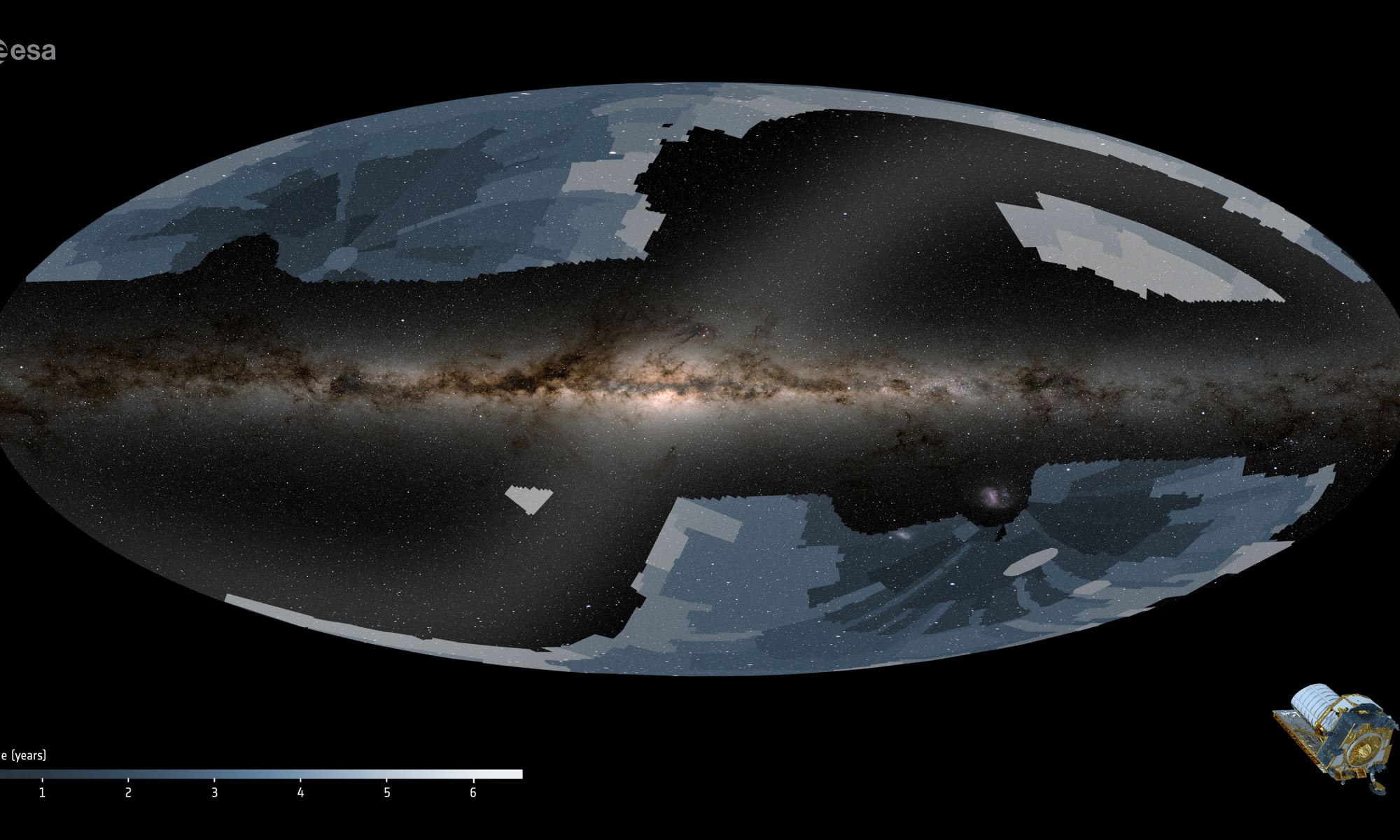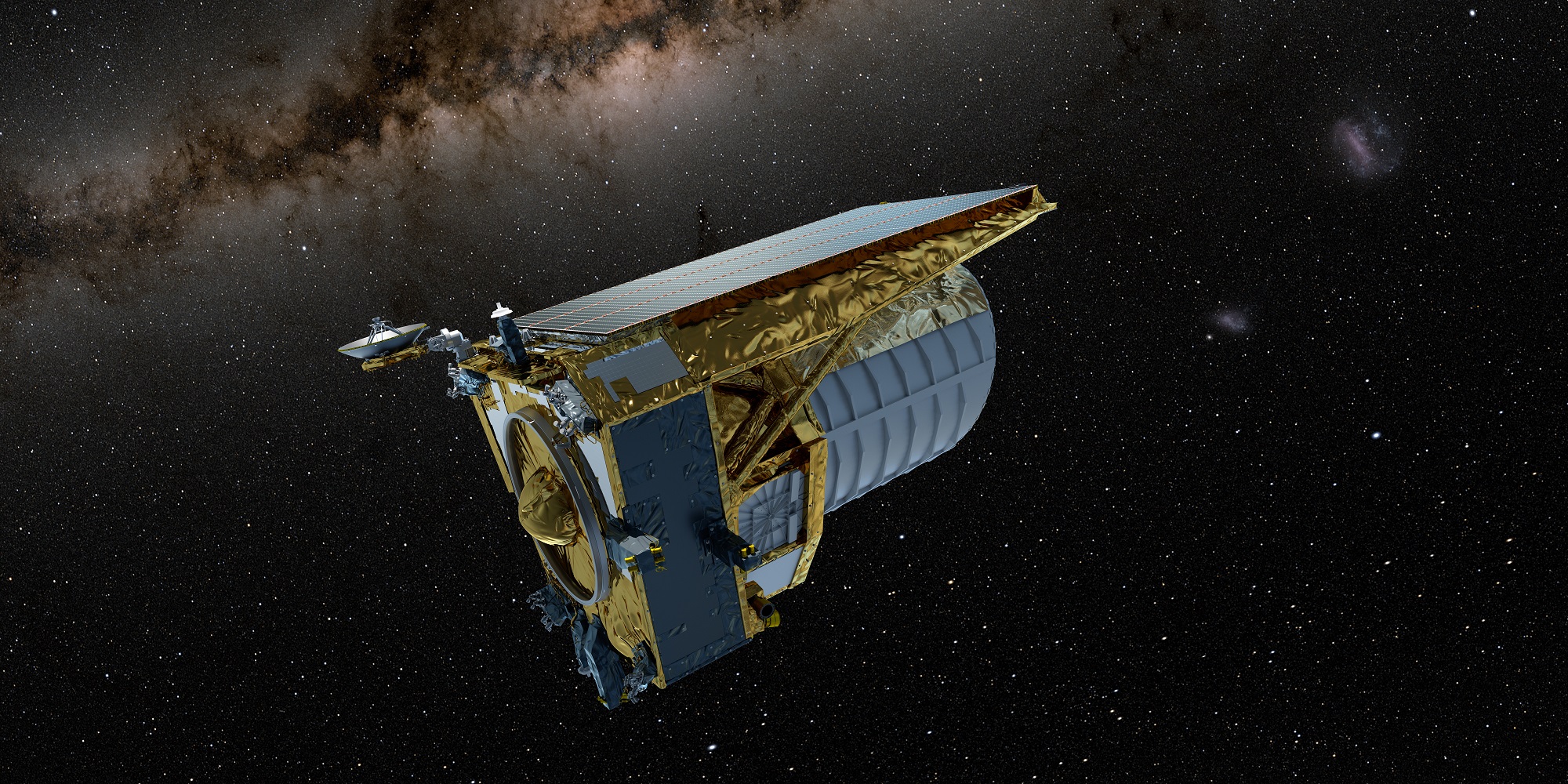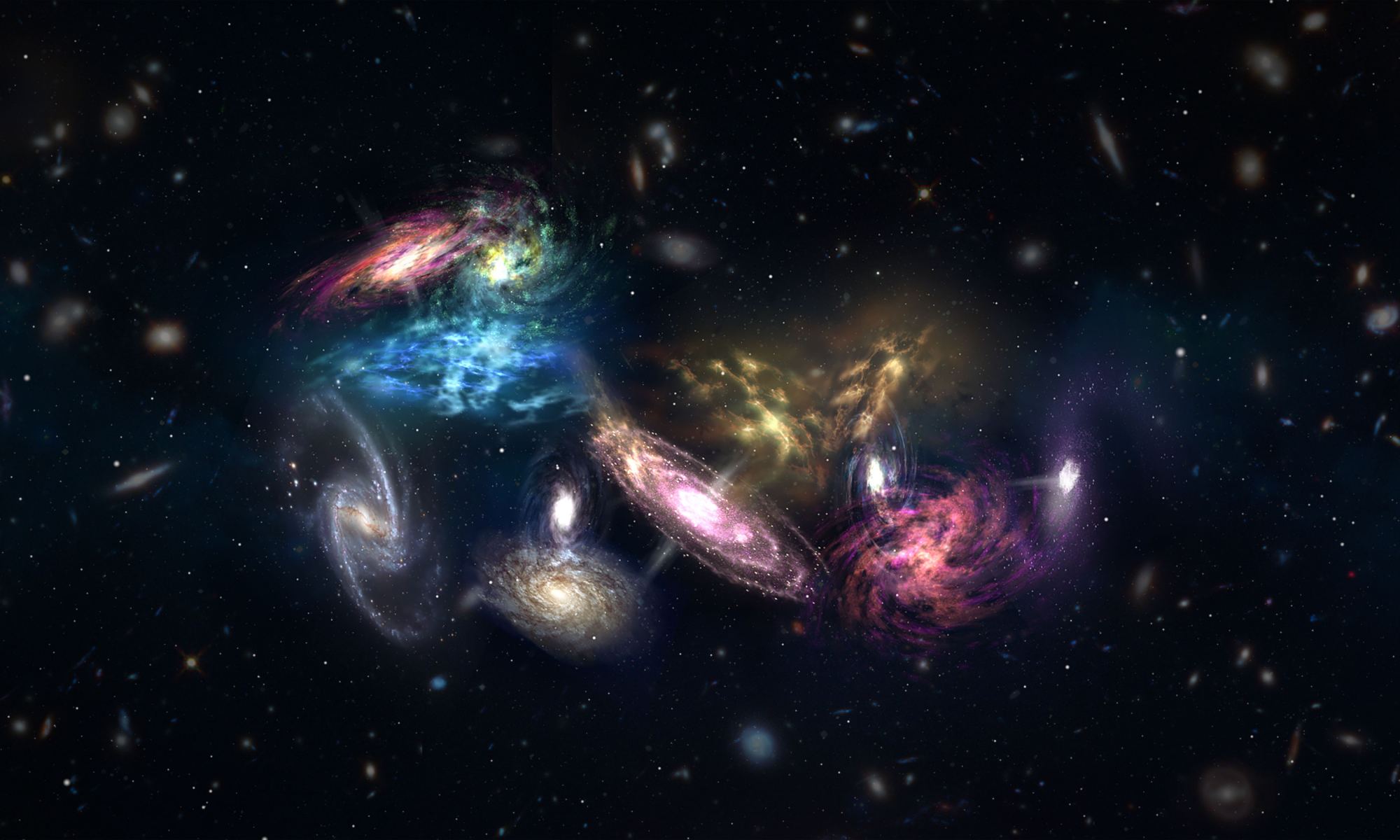On July 1, 2023, the Euclid Spacecraft launched with a clear mission: to map the dark and distant Universe. To achieve that goal, over the next 6 years, Euclid will make 40,000 observations of the sky beyond the Milky Way. From this data astronomers will be able to map the positions of billions of galaxies, allowing astronomers to observe the effects of dark matter.
Continue reading “Euclid Begins its 6-Year Survey of the Dark Universe”New Telescopes to Study the Aftermath of the Big Bang
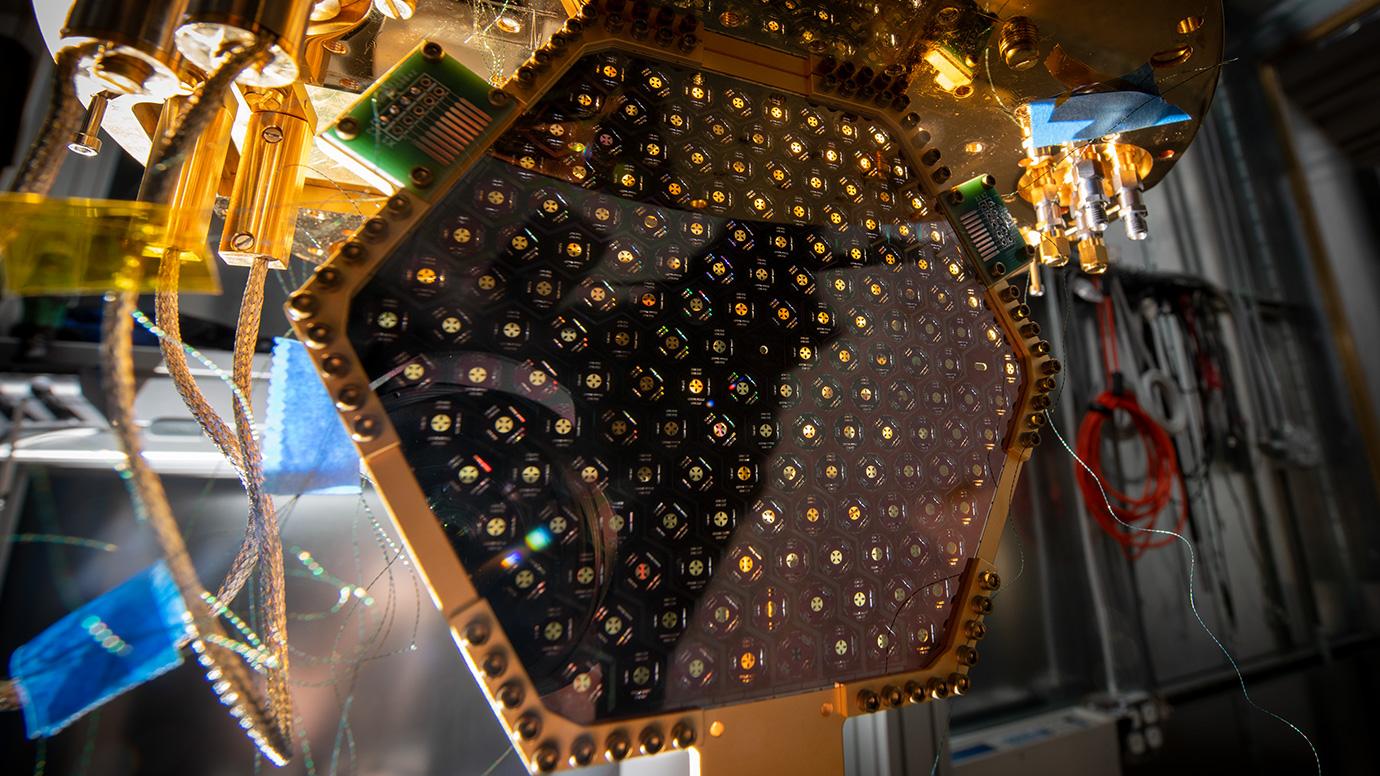
Astronomers are currently pushing the frontiers of astronomy. At this very moment, observatories like the James Webb Space Telescope (JWST) are visualizing the earliest stars and galaxies in the Universe, which formed during a period known as the “Cosmic Dark Ages.” This period was previously inaccessible to telescopes because the Universe was permeated by clouds of neutral hydrogen. As a result, the only light is visible today as relic radiation from the Big Bang – the Cosmic Microwave Background (CMB) – or as the 21 cm spectral line created by the reionization of hydrogen (aka. the Hydrogen Line).
Now that the veil of the Dark Ages is being slowly pulled away, scientists are contemplating the next frontier in astronomy and cosmology by observing “primordial gravitational waves” created by the Big Bang. In recent news, it was announced that the National Science Foundation (NSF) had awarded $3.7 million to the University of Chicago, the first part of a grant that could reach up to $21.4 million. The purpose of this grant is to fund the development of next-generation telescopes that will map the CMB and the gravitational waves created in the immediate aftermath of the Big Bang.
LCivilizations are Probably Spreading Quickly Through the Universe

The Search for Extraterrestrial Intelligence (SETI) has always been plagued by uncertainty. With only one habitable planet (Earth) and one technologically advanced civilization (humanity) as examples, scientists are still confined to theorizing where other intelligent life forms could be (and what they might be up to). Sixty years later, the answer to Fermi’s famous question (“Where is Everybody?”) remains unanswered. On the plus side, this presents us with many opportunities to hypothesize possible locations, activities, and technosignatures that future observations can test.
One possibility is that the growth of civilizations is limited by the laws of physics and the carrying capacity of the planetary environments – aka. The Percolation Theory Hypothesis. In a recent study, a team from the University of the Philippines Los Banos looked beyond traditional Percolation Theory to consider how civilizations might grow in three different types of Universes (static, dark energy-dominated, and matter-dominated). Their results indicate that, depending on the framework, intelligent life has a finite amount of time to populate the Universe and is likely to do so exponentially.
Continue reading “Civilizations are Probably Spreading Quickly Through the Universe”Euclid Recovers From a Navigation Problem and Finds its Guide Stars Again
On July 1st, 2023, the ESA’s Euclid mission headed for space, where it began its mission to observe the Universe and measure its expansion over time. The commissioning process began well as the mission team spent weeks testing and calibrating the observatory, then flew the mission out to Lagrange Point 2 (LP2). The telescope focused its mirrors, collected its “first light,” and the first test images it took were breathtaking! Unfortunately, Euclid hit a snag when its Fine Guidance Sensor (FGS) failed to lock onto its “guide stars.”
According to the latest update from the ESA, Euclid has found its guide stars again, thanks to a software patch. With its navigation woes now solved and its observation schedule updated, the telescope will now undergo its Performance Verification phase (its final phase of testing) in full “science mode.” Once that’s complete, Euclid will commence its nominal six-year mission, providing razor-sharp images and deep spectra of our Universe, looking back 10 billion years. This data will be used to create a grand survey of one-third of the entire sky and measure the influence of Dark Matter and Dark Energy.
Continue reading “Euclid Recovers From a Navigation Problem and Finds its Guide Stars Again”It's Going to Take More Than Early Dark Energy to Resolve the Hubble Tension
Our best understanding of the Universe is rooted in a cosmological model known as LCDM. The CDM stands for Cold Dark Matter, where most of the matter in the universe isn’t stars and planets, but a strange form of matter that is dark and nearly invisible. The L, or Lambda, represents dark energy. It is the symbol used in the equations of general relativity to describe the Hubble parameter, or the rate of cosmic expansion. Although the LCDM model matches our observations incredibly well, it isn’t perfect. And the more data we gather on the early Universe, the less perfect it seems to be.
Continue reading “It's Going to Take More Than Early Dark Energy to Resolve the Hubble Tension”The Universe Could Be Twice As Old if Light is Tired and Physical Constants Change
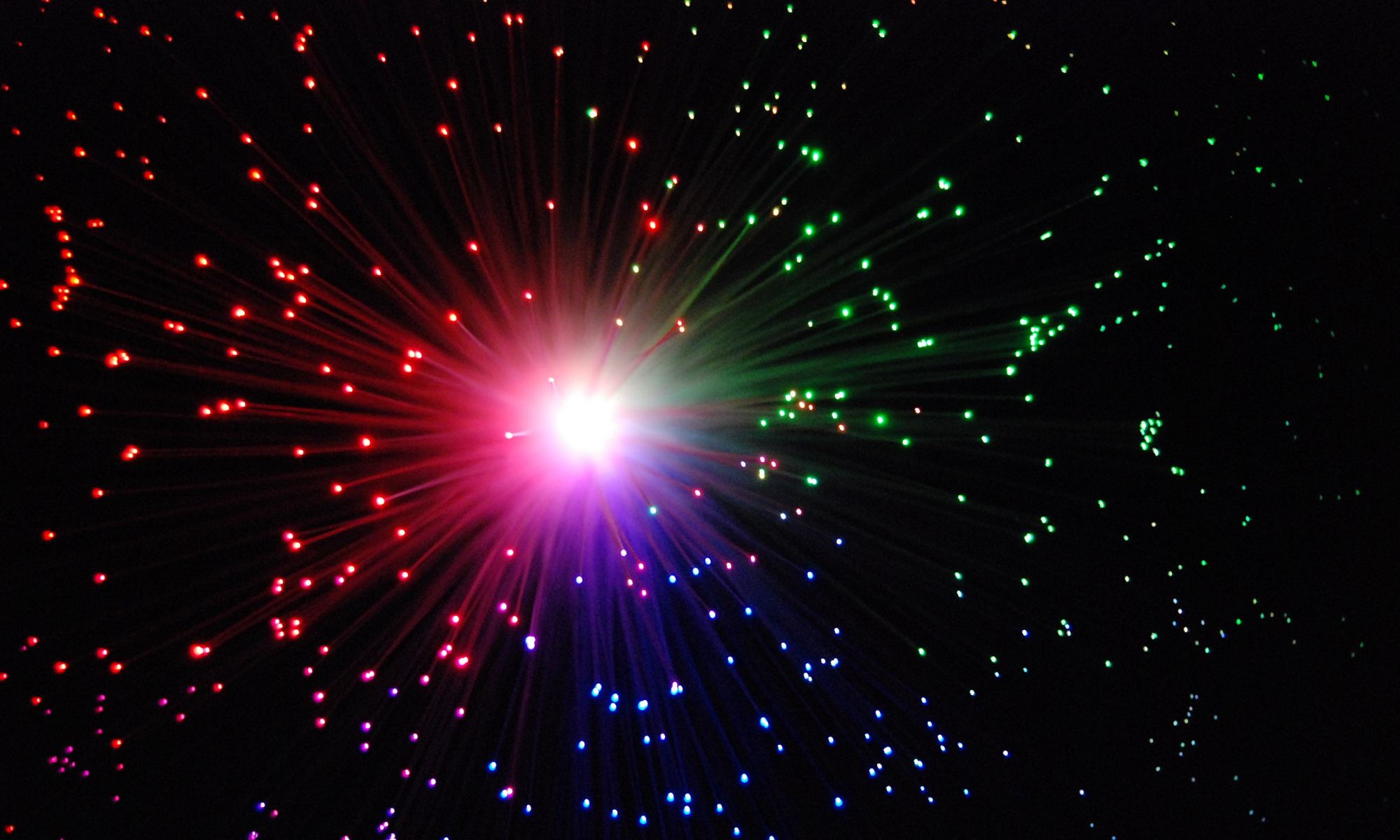
When the James Webb Space Telescope started collecting data, it gave us an unprecedented view of the distant cosmos. Faint, redshifted galaxies seen by Hubble as mere smudges of light were revealed as objects of structure and form. And astronomers were faced with a bit of a problem. Those earliest galaxies seemed too developed and too large to have formed within the accepted timeline of the universe. This triggered a flurry of articles claiming boldly that JWST had disproven the big bang. Now a new article in the Monthly Notices of the Royal Astronomical Society argues that the problem isn’t that galaxies are too developed, but rather that the universe is twice as old as we’ve thought. A whopping 26.7 billion years old to be exact. It’s a bold claim, but does the data really support it?
Continue reading “The Universe Could Be Twice As Old if Light is Tired and Physical Constants Change”The Early Universe Ran in Slow Motion
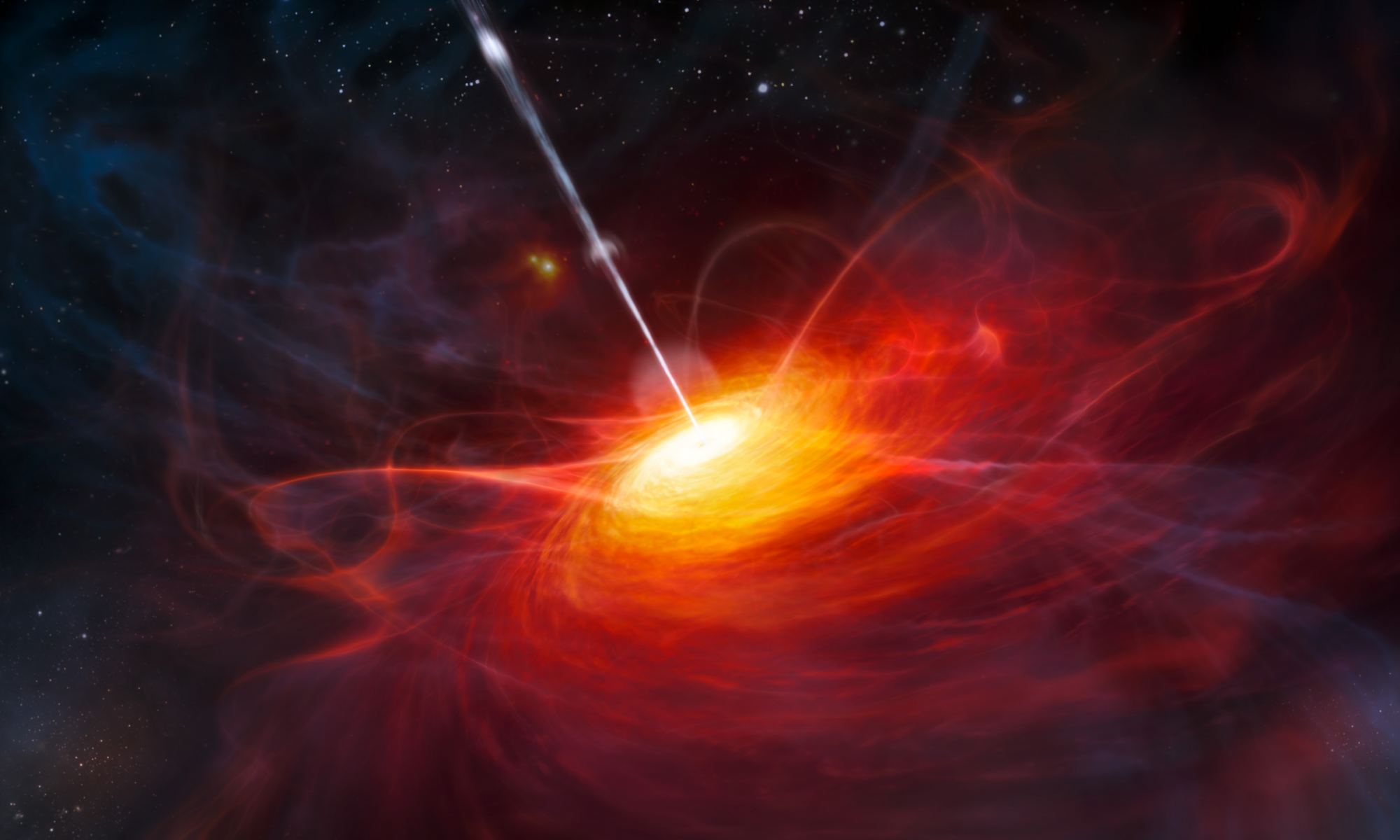
Time is relative, as they say, particularly for mid-day meals. As special relativity shows, the measure of any two clocks depends on their motion relative to each other. The greater their relative speed, the slower each clock is relative to each other. So, since we see distant galaxies speeding away from us, we should also see time move more slowly. Right?
Continue reading “The Early Universe Ran in Slow Motion”ESA's Euclid Mission is Off to Explore the Dark Universe
On Saturday, July 1st (Canada Day!), the ESA’s Euclid space telescope lifted off from Cape Canaveral in Florida. This next-generation astrophysics mission will spend the next few weeks flying to the Earth-Sun L2 Lagrange Point, where it will spend the next six years observing one-third of the sky. During that time, Euclid will observe billions of galaxies to a distance of 10 billion light-years, leading to the most extensive 3D map of the Universe ever created. This map will help astronomers and cosmologists resolve the lingering mystery of Dark Matter and Dark Energy (DM & DE).
Continue reading “ESA's Euclid Mission is Off to Explore the Dark Universe”Two New Space Telescopes Will Bring Dark Energy Into Focus
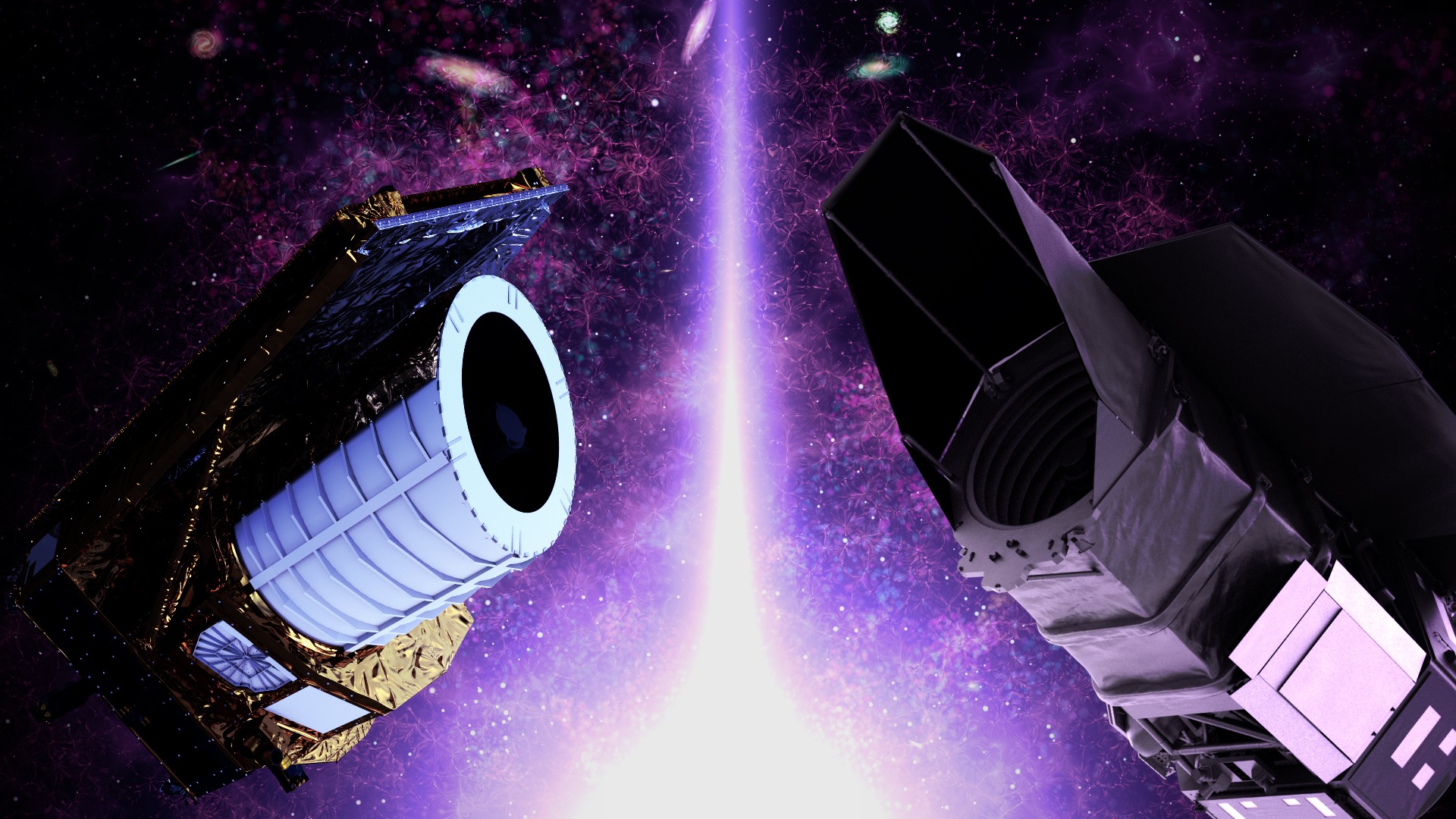
Since the 1990s, thanks to observations by the venerable Hubble Space Telescope (HST), astronomers have contemplated the mystery of cosmic expansion. While scientists have known about this since the late-1920s and early-30s, images acquired by Hubble‘s Ultra Deep Fields campaign revealed that the expansion has been accelerating for the past six billion years! This led scientists to reconsider Einstein’s theory that there is an unknown force in the Universe that “holds back gravity,” which he named the Cosmological Constant. To astronomers and cosmologists today, this force is known as “Dark Energy.”
However, not everyone is sold on the idea of Dark Energy, and some believe that cosmic expansion could mean there is a flaw in our understanding of gravity. In the near future, scientists will benefit from next-generation space telescopes to provide fresh insight into this mysterious force. These include the ESA’s Euclid mission, scheduled for launch this July, and NASA’s Nancy Grace Roman Space Telescope (RST), the direct successor to Hubble that will launch in May 2027. Once operational, these space telescopes will investigate these competing theories to see which holds up.
Continue reading “Two New Space Telescopes Will Bring Dark Energy Into Focus”It Would Take Hubble 85 Years to Match What Nancy Grace Roman Will See in 63 Days
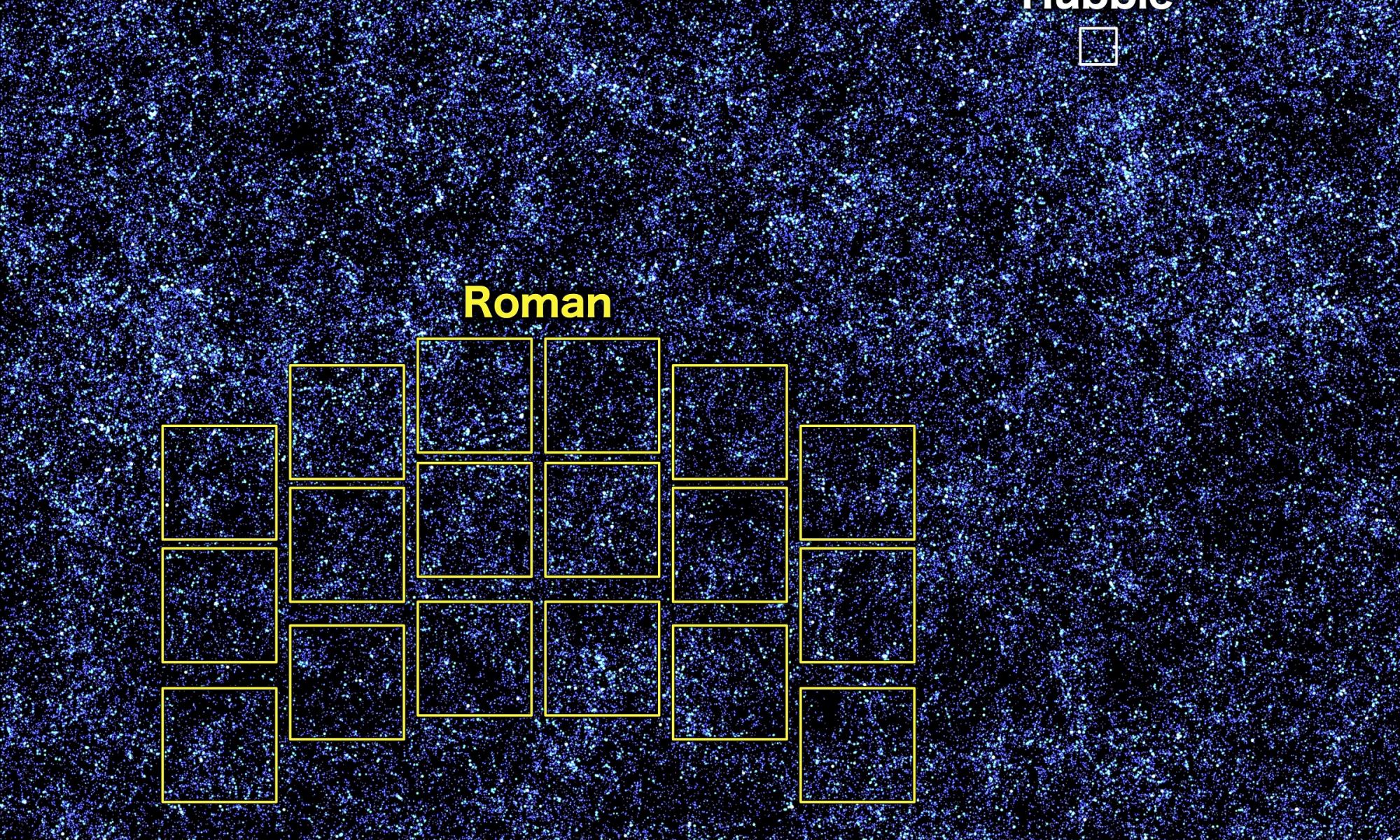
Less than a year and a half into its primary mission, the James Webb Space Telescope (JWST) has already revolutionized astronomy as we know it. Using its advanced optics, infrared imaging, and spectrometers, the JWST has provided us with the most detailed and breathtaking images of the cosmos to date. But in the coming years, this telescope and its peers will be joined by another next-generation instrument: the Nancy Grace Roman Space Telescope (RST). Appropriately named after “the Mother of Hubble,” Roman will pick up where Hubble left off by peering back to the beginning of time.
Like Hubble, the RST will have a 2.4-meter (7.9 ft) primary mirror and advanced instruments to capture images in different wavelengths. However, the RST will also have a gigantic 300-megapixel camera – the Wide Field Instrument (WFI) – that will enable a field of view two-hundred times greater than Hubble’s. In a recent study, an international team of NASA-led researchers described a simulation they created that previewed what the RST could see. The resulting data set will enable new experiments and opportunities for the RST once it takes to space in 2027.
Continue reading “It Would Take Hubble 85 Years to Match What Nancy Grace Roman Will See in 63 Days”
